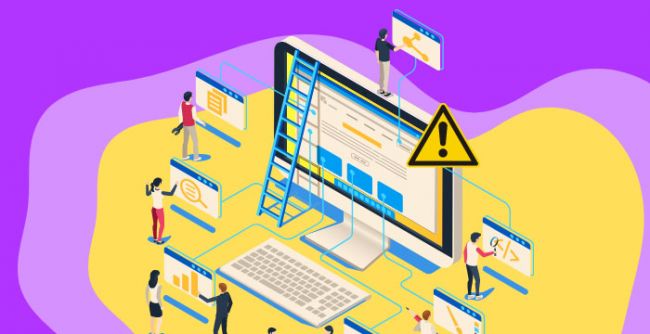Technology
4 min read
How to Prevent Common Pricing Mistakes with Automated Tools


The business world changes rapidly, especially when it comes to how to price something, so it is essential to get it right and remain flexible. Mistakes in pricing can result in a lot of money going down the drain and hurting customers. Fortunately, technology can step in to combat these risks. Amazon automate pricing tools allow organizations to tweak pricing strategies for ideal results. In this post, we look at how one such tool can help mitigate some of the more common pricing blunders, making way for improved fiscal fitness.
Human error, lack of data, or inconsistent pricing models generally fall into the category of pricing inaccuracies. Businesses can face incorrect price tags, outdated pricing, and misaligned discounts. Such errors may stem from manual processes or underdeveloped systems. Recognizing this common obstacle can lead to proactive solutions for companies in the form of automate pricing for Amazon.

All these sound great, and automated tools offer many benefits when it comes to pricing strategies. One is that they limit human interaction, hence reducing the risk of errors. These systems employ algorithms that comb through large swathes of data to shed light on market trends and consumer behavior. Automation helps businesses maintain competitive and accurate pricing, improving profitability and customer satisfaction.
They say pricing is mostly about data. They are using automated tools that use real-time data to drive pricing decisions. Using historical data, market trends, and competitor analysis, businesses can make potential decisions accordingly to meet market demands. These tools also enable dynamic pricing, which adjusts rates based on demand changes and keeps businesses in the game.
Manual prices are time-intensive and resource-intensive. Automation makes these processes quicker and more efficient by providing faster and more accurate updates. Not only does this save costs in overall operations, but it also ensures that businesses have the resources to act quickly on changes in the market. Similarly, price updates based on supporting documents should be precise so that gaps can be avoided that may result in discontent among customers arising from loss of financial resources.
One common challenge for businesses is scaling up while maintaining the same price strategy. Automated tools are scalable. They make it easy to manage pricing over a wide range of products and geographies. The flexibility of pricing strategies helps businesses adapt to market fluctuations while retaining 100% accuracy in their pricing strategy and profitability.
Pricing strategies are important because they directly affect the company's bottom line. Automated solutions discover optimal price points that maintain a competitive yet profitable edge. This is how businesses remove pricing errors to prevent revenue loss and take advantage of revenue opportunities to maximize profit. The systems also point out products that are not gaining traction, allowing for a more strategic modification.
Consumers become more confident about a brand when they see fair and stable prices. The automated solutions ensure that the quotations are crystal clear and consistent, improving the overall customer experience. A satisfied customer is likely to return, thereby ensuring the long-term success of your business.
A well-designed automated tool optimizes how pricing is managed. Businesses need to think of things like seamless integration, scalability, and data analysis features as far as all these things come together in these systems, along with a complete understanding of business needs and desires. With the help of training and support, teams use the tool to its fullest potential, leading to effective implementation.
Despite the many advantages of automation, organizations need to be prepared for challenges. Overspending on automated systems means missed opportunities for human insight and innovation. Thus, we need to mix both automation and human craft. Periodic system assessments ensure that the tools stay effective and in alignment with changing business objectives.
Automation can be a great way to avoid common pitfalls and mistakes in pricing. Data-driven insights, improved efficiency, and accuracy can supercharge pricing strategies for enterprise success. There will be challenges, but the advantages of automation will supersede the drawbacks. Firms that adjust to this tech transition are likely to be more receptive to succeeding in the long run at scale. The underlying motto is that a much-needed competitive edge for tomorrow is brought by embracing these tools today.
Be the first to post comment!